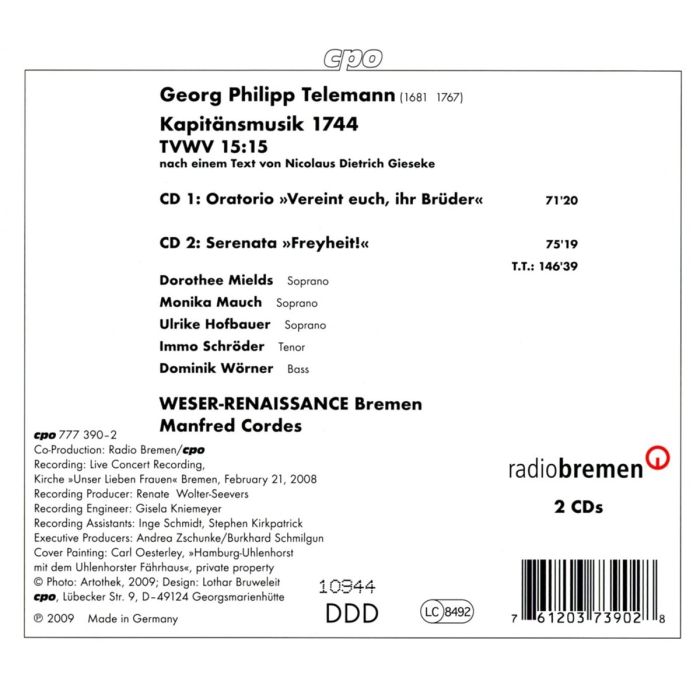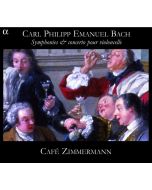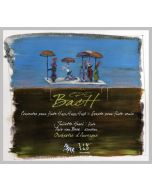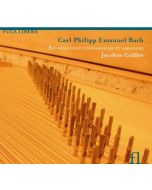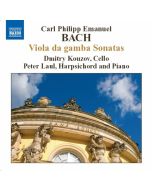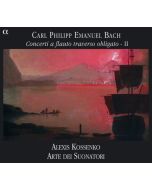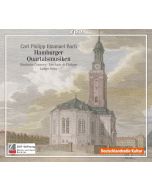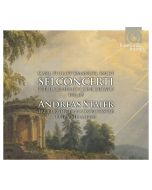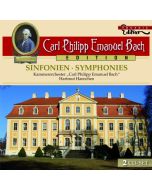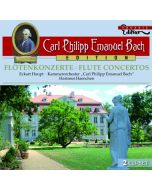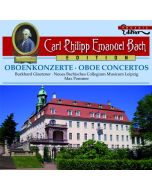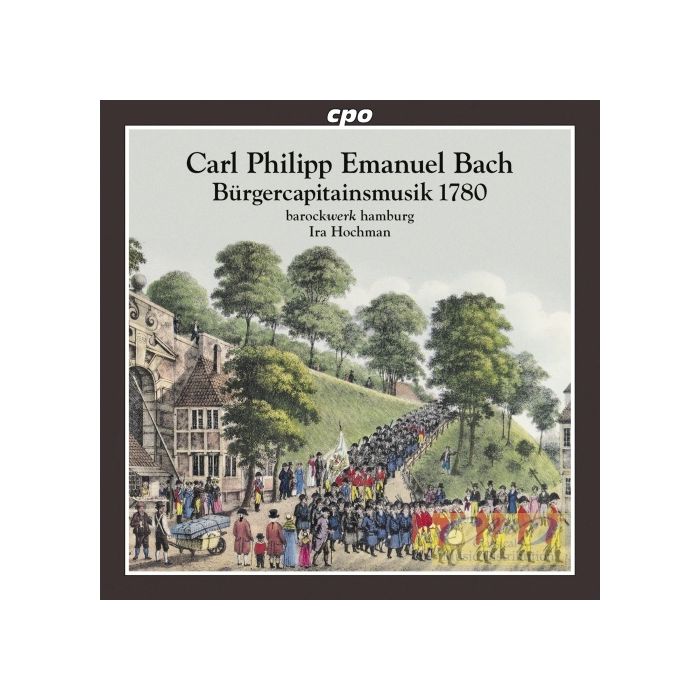
(Produkt nie został jeszcze oceniony)
kompozytor
Bach, Carl Philipp Emanuel
tytuł
Bach, C.P.E.: Bürgerkapitänsmusik 1780 - Oratorio & Serenata
wykonawcy
barockwerk hamburg, Hochman, Ira
nr katalogowy
CPO 555 016-2
opis
Among Telemann's duties as director of Hamburg's music was the composition of music for the annual feast of the city's civil captains. The Hamburg Civic Guard was a civilian police force used to guard the city's walls as well as fight fires and quell riots and disturbances. It was divided into five regiments, subdivided into 57 companies; each company was headed by a captain. Every year, civic ceremonies honoring the Civic Guard culminated in a banquet for the captains. Music was a part of this celebration from early on. By Telemann's time, it consisted of a two-part composition, a noon oratorio at the beginning of the gathering and a serenata after or toward the end of the banquet. • For the 1744 celebration, the oratorio text has allegorical characters (Hamburg's Guardian Spirit, Contemplation, Joy, Liberty, and Gratitude) thanking God for Hamburg's prosperity and praying for peace for a land which had seen too much of war and battle. In the serenata, once again allegorical figures (Hamburg's Guardian Spirit, Discernment, Trust, and Love of the Fatherland) urge the citizens to virtuous conduct and resistance to Frivolity. The high quality of music Telemann composed for this work is proof that these annual celebrations were much more than simple attempts to fulfill one of his many duties. He obviously approached each work with enthusiasm and with his talents fully engaged. The orchestra, consisting of oboes, bassoon, horns, and strings, with fife and drums added for the serenata (Cordes also employs drums in the oratorio), is imaginatively employed. The vocal music, written for singers of the Hamburg Opera, is florid and requires skillful singers. • This is the fourth of these annual celebrations that cpo has recorded; the previous issues were of the captains' music of 1724 and 1755 and the similar admirals' music of 1723. Each has been given to a different conductor and ensemble. Manfred Cordes approaches this work with a background steeped in Renaissance and early-Baroque music, and it appears that this has colored his presentation of the music. While his performance is alert and well paced, I question his presentation of the recitatives. The recitatives are accompanied by solo organ, chittarone, or harpsichord, without cello. Any recitative more than a few lines long is divided, with the three solo instruments each taking a part of the recitative. This surely is incorrect for a late-Baroque vocal work. • The singers are generally an accomplished lot, especially the three sopranos. I have some reservations about the tenor, who sometimes aspirates the coloratura. The bass occasionally sounds flat and tends to sing everything loudly. However, both make positive contributions to the recording. The soloists combine with three other singers for the chorales and choruses.• It is unlikely that any competition to this recording will appear any time soon. Even should there be, this recording is unlikely to be eclipsed easily. We are fortunate to have yet another recorded sample of Telemann's splendid vocal works. -- Fanfare, Ron Salemi, January 2010
nośnik
CD x 1
wydawca
CPO
data wydania
1.04.2016
EAN / kod kreskowy
761203501625
58,00 zł
Produkt dostepny w niewielkiej ilości.
Wysyłka w ciągu 3 dni roboczych
Darmowa wysyłka dla zamówień powyżej 300 zł!
Darmowy kurier dla zamówień powyżej 500 zł!
sprawdź koszty wysyłki